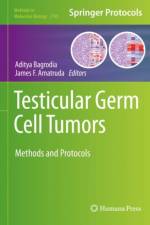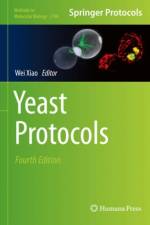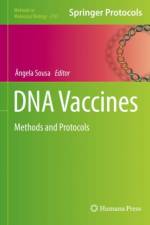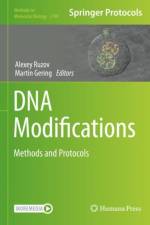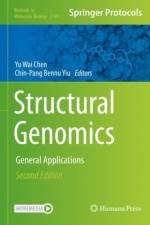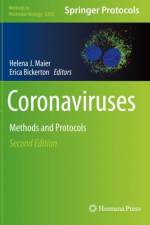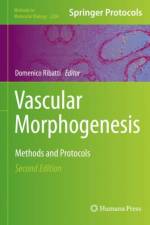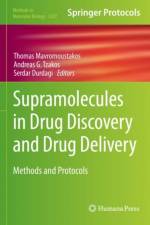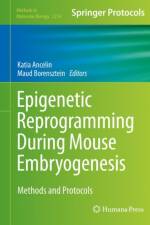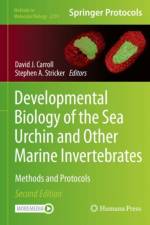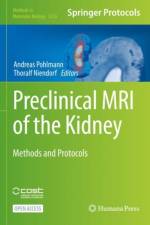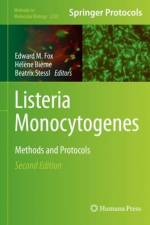1 635
Part I: Vector design For vaccination1. A Novel Cre Recombinase Mediated In Vivo Minicircle (CRIM) DNA Vaccine Platform for Veterinary ApplicationYanlong Jiang, Guilian Yang, and Chunfeng Wang 2. Vaccination with Messenger RNA - a Promising Alternative to DNA VaccinationIstván Tombácz, Drew Weissman, and Norbert Pardi 3. Impact of a Plasmid DNA-Based Alphavirus Vaccine on Immunization Efficiency Kenneth Lundstrom Part II: DNA Vaccine Adjuvants and Immunostimulatory Response 4. CpG Oligonucleotides as Vaccine AdjuvantsNeslihan Kayraklioglu, Begum Horuluoglu, and Dennis M. Klinman 5. Molecular Adjuvants for DNA Vaccines: Application, Design, Preparation and FormulationAilar Sabbaghi and Amir Ghaemi 6. Assessing Antigen-specific Cellular Immune Responses Upon HIV/SIV Plasmid DNA Vaccination in the Non-human Primate ModelXintao Hu, Barbara K. Felber, and Antonio Valentin Part III Biotechnological Processes to Obtain DNA Vaccines7. Enhanced Biosynthesis of Plasmid DNA from Escherichia coli Applying Experimental Design Luís A. Passarinha 8. Primary Purification of Plasmid DNA Using Differential Isopropanol PrecipitationAlexandra Wagner, A. Rita Silva-Santos, Sara Sousa Rosa, Sophie Gierak, Ana M. Azevedo, and Duarte Miguel F. Prazeres 9. Scale-Up of Plasmid DNA Downstream Process Based on Chromatographic Monoliths Urh Černigoj and Aleš Štrancar 10. Purification of Plasmid DNA by Multimodal Chromatography A. Rita Silva-Santos, Sara Sousa Rosa, Duarte Miguel F. Prazeres, and Ana M. Azevedo 11. Minicircle DNA Vaccine Purification and E7 Antigen Expression AssessmentAna M. Almeida, Dalinda Eusébio, João A. Queiroz, Fani Sousa, and Ângela Sousa Part IV: DNA Vaccine Delivery 12. Tumor-Specific CD8+ T Cell Responses Induced by DNA VaccinationPablo Cáceres-Morgado and Alvaro Lladser 13. Therapeutic DNA Vaccine Against HPV16-Associated CancerMeihua Yu and Janin Chandra 14. Bulk and Microfluidic Synthesis of Stealth and Cationic-Liposomes for Gene Delivery ApplicationsLucimara Gaziola de la Torre, Amanda da Costa e Silva de Noronha Pessoa, Bruna Gregatti de Carvalho, Thiago Bezerra Taketa, Ismail Es, and Gabriel Perli 15. Conception of Plasmid DNA and Polyethylenimine Delivery Systems with Potential Application in DNA Vaccines FieldDiana Costa, Ângela Sousa, Rúben Faria, Ana Raquel Neves, and João A. Queiroz 16. Main Features of DNA Based Vectors for Use in Lactic Acid Bacteria and Update ProtocolsNina D. Coelho-Rocha, Fernanda A. L. Barroso, Laísa M. Tavares, Ester S. S. dos Santos, Vasco Azevedo, Mariana M. Drumond, and Pamela Mancha-Agresti Part V: DNA Vaccine Transfer to Clinical Trials17. Ethics of DNA Vaccines Transfer for Clinical Research Ana Cristina Ramalhinho and Miguel Castelo-Branco 18. Preparation of an Academic Clinical TrialPreparation of an academic clinical trialAna Cristina Ramalhinho and Miguel Castelo-Branco

